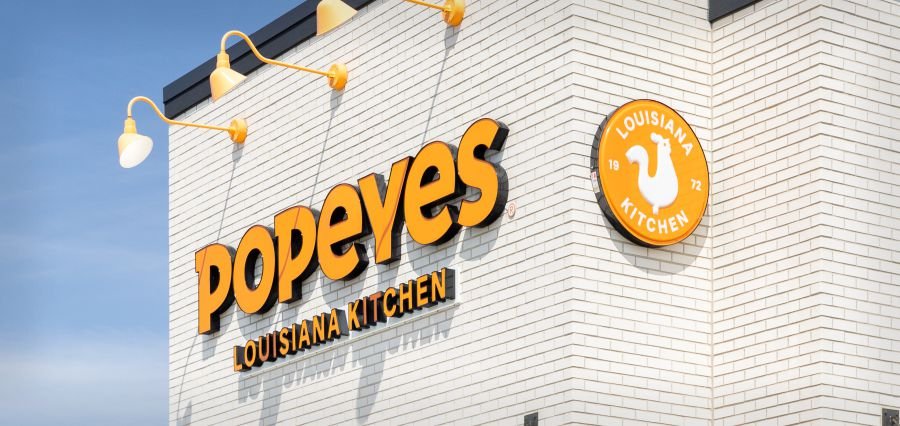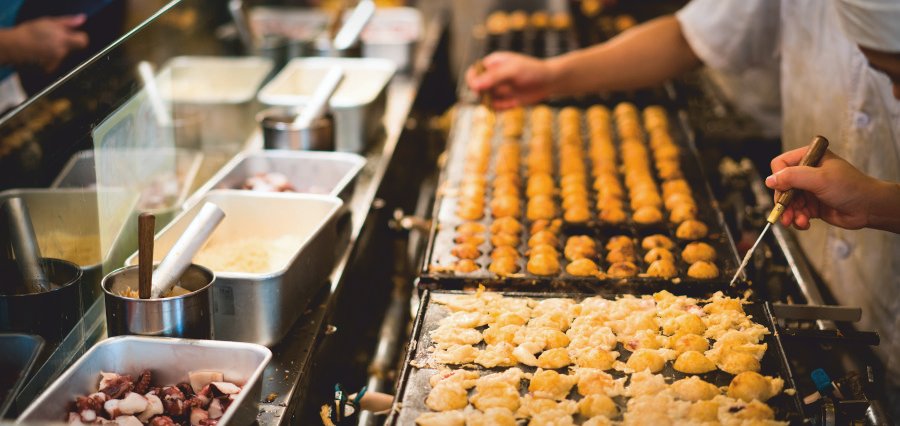With the advent of the internet era, e-commerce revolutionized customer purchasing behavior when it comes to buying food products. With a couple of keystrokes on the keyboard, today’s customers can get their groceries, snacks, or gourmet meal kits delivered to their doorsteps. This shift in consumer purchasing behavior not only toppled conventional retail models but also brought about a revolutionary shift in food package design. Brands are repackaging their goods to suit the special requirements of the e-commerce channel, which is fundamentally different from the physical store.
Functional Evolution: Protection and Durability
The initial consequence of e-commerce on packaging is that the packaging must be strengthened. As compared to food products purchased from store shelves, e-commerce products must endure numerous phases of transit—conveyor belts, warehouses, delivery vans, and finally domestic transport. The packages are subject to bouncing, compressing, and temperature shocks along the way.
Thus, online shopping packaging must be strong. Cushion and crush-resistant material are now imperative. Reusable bags, tamper-evident seals, and leak-proof containers are now the standard. Packaging must also protect products from external factors such as heat and moisture to keep products fresh on long shipping periods, if necessary.
Visual Shift: Shelf Appeal to Screen Appeal
In traditional retailing, food packaging is intended to make an impact on the shelf, on the grounds of bright color, big print, and sensory attributes to catch the consumer’s attention. With online shopping, however, the first consumer experience is through a screen. This has changed the focus to screen appeal instead of shelf appeal.
Digital-first packaging is all about the creation of visually striking packages, noticed when used as a thumbnail, and communicating its bare essentials in a hurry. Clean design, solid logos, and large font sizes are fashionable these days due to how well they function to render online product copy. Brands need to ensure that the product images used online represent accurately what is placed in the customer’s hands, establish trust, and reduce return rates.
Sustainability and Unboxing Experience
More food orders taken online mean more packaging to be discarded. Consumers have become more environmentally friendly and expect the same from brands. To this extent, there has been development of sustainable packaging materials like biodegradable plastics, compostable containers, and recyclable paperboard.
There is also the concept of the unboxing experience that comes with e-commerce—a touchpoint that can be leveraged to establish brand identity and affinity. In contrast to anonymous and spontaneous retail purchasing, opening a shipped product is intimate and time-consuming. Food companies are making the most of the moment with purposeful, branded packaging that lends it a premium appearance. It can be in the guise of custom-printed boxes, typed letters, or packaging inserts that increase customer interaction and render the product visually appealing.
Informational Clarity and Regulatory Compliance
Packages in online stores must accomplish more than look good—readability is necessary. Because a consumer cannot hold an item up to read fine print, package labels must be concise in regard to ingredients, nutritional information, expiration dates, and use.
Regulatory demands also differ for e-commerce sales, especially for export shipments. Labels must comply with the food safety and packaging regulations of each target market, potentially including multilanguage labeling and other alerts. Smart packaging solutions—like QR codes to complete product details—are becoming more popular as a way to meet these information needs without overwhelming the design.
Technological Integration
Increased usage of digital channels has also allowed technology to be embedded within food packaging. QR codes, NFC tags, and augmented reality present consumers with new interfaces upon which to interact with the brand. For example, scanning a code on the side of a box of cereal can provide recipes, histories, or offers.
This interactivity, in turn, increases user experience and generates valuable data about consumer behavior on which brands can base targeting of marketing strategies as well as product development.
Looking Ahead
Under the ever-expanding umbrella of e-commerce, the revolution in food package design is just getting started. Its future possibilities range from intelligent materials with the ability to track the freshness of food, biodegradable packaging that consists purely of non-plastic, and AI-enabled personalization of the unwrapping experience. The companies that stay attuned and agile to consumer sentiments will not just be providing value to customer experience but will also create a competitive advantage in the already saturated online space.
In short, e-commerce has left an irreversible stamp on food package design, compelling brands to redefine beauty, functionality, sustainability, and technology. With the new age of online shopping, the package is no longer a package—it is part of the consumer experience.
Read More – Click Here






